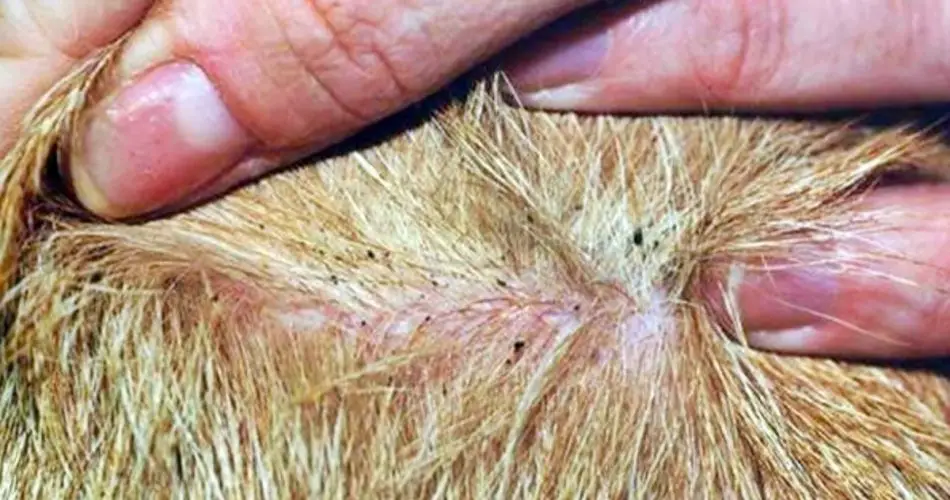The best remedies against fleas and ticks for dogs and cats
The Best Flea and Tick Remedies for Dogs and Cats
Dogs and cats are faithful and essential companions for many Italian families, there is no doubt about it. In the same way, it is beyond any doubt that anyone who has a furry friend should give them special care and attention (except extreme cases that we will not talk about).
A corner of the medicine cabinet is reserved for the needs of household pets, and without a doubt, with the arrival of summer, pesticides reign supreme.
Protecting our friends from their attacks is a priority, but let’s try to understand how to act in the best way.
That is why it is necessary to take a short tour and delve into the subject now that with the heat these parasites come out of hibernation and return to the attack.
Curious to know more? Let’s start!
Ticks and fleas: but what exactly are they?
Ticks are mites belonging to the arachnid family, that is, spiders, but it is “only” the female that feeds on human and animal blood, adhering to the skin for the time necessary for food. Once swollen with liquid, she moves away from her.
All of this happens without any pain on the part of the unsuspecting victim, but not without serious consequences. In fact, they transmit protozoa that transmit diseases such as rickettsiosis or button fever, such as piroplasmosis or babesiosis, Lyme disease or borreliosis, ehrlichiosis, Q fever, encephalitis or TBE.
Since the time the tick remains on its prey can vary from 12 hours to an entire week, it is important to act immediately to eradicate it, without incurring often fatal consequences.
To identify them you will simply have to feel your furry friend’s throat, armpits and linguine. Then check your lips, cheeks, eyelids and forehead. These are the areas most avid for parasites.
Fleas , on the other hand, are true insects of microscopic dimensions (maximum 1.5 mm in length); Also in this case it is the female who is truly responsible for the attack. In fact, it is she who lays 15 to 20 eggs a day directly on the fur of animals (or on the feathers of birds). Hatching occurs within 14 days and the larvae immediately begin to feed on the inhabited epithelial surface, transmitting infections such as: rickettsiosis and salmonellosis. They also cause a lot of discomfort due to their bites : the affected areas can develop dermatitis. Additionally, dogs and cats often injure themselves by vigorously scratching to relieve the itch.
How can we avoid all this?
Dogs and cats: let’s protect them from tick and flea attacks
Preserving our furry friends from flea and tick attacks is now simple: there are special collars on the market to protect themselves from parasites and drops that are inserted into the intrascapular area to eradicate their presence.
They can be chemical or natural, such as Neem oil that acts as a barrier against one’s own aggression, almost as if it were a kind of protective shield.
Furthermore, even shampoos specifically designed to eliminate mass presence can be useful in the first instance, as soon as the presence of insects is discovered.
However, check with your veterinarian to find out which product is best for your pet: what is perfect for a dog could be harmful for cats or rabbits.
As for ticks, however, you must equip yourself with a special tool to eliminate them individually: specific tweezers with which to rotate the arachnid to separate its 8 legs and the rostrum (head). Disinfect the wound immediately to avoid any type of infection and carefully check the area in the following days.






